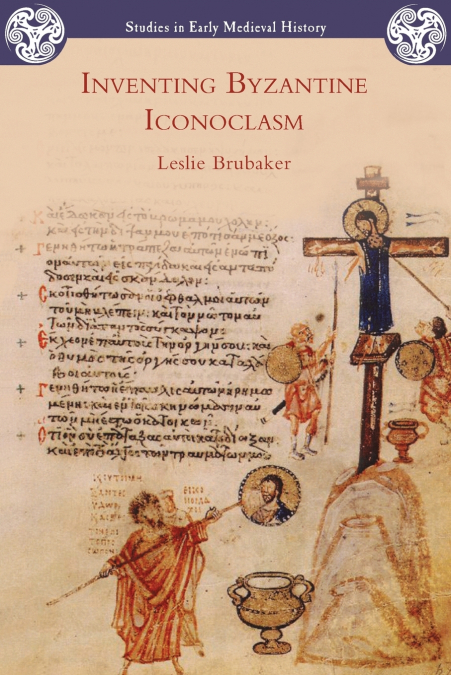
 Librería Perelló (Valencia)
Librería Perelló (Valencia)
 Librería Aciertas (Toledo)
Librería Aciertas (Toledo)
 El AlmaZen del Alquimista (Sevilla)
El AlmaZen del Alquimista (Sevilla)
 Librería Elías (Asturias)
Librería Elías (Asturias)
 Librería Kolima (Madrid)
Librería Kolima (Madrid)
 Donde los libros
Donde los libros
 Librería Proteo (Málaga)
Librería Proteo (Málaga)
Byzantine ’iconoclasm’ is famous and has influenced iconoclast movements from the English Reformation and French Revolution to Taliban, but it has also been woefully misunderstood: this book shows how and why the debate about images was more complicated, and more interesting, than it has been presented in the past. It explores how icons came to be so important, who opposed them, and how the debate about images played itself out over the years between c. 680 and 850. Many widely accepted assumptions about ’iconoclasm’ †' that it was an imperial initiative that resulted in widespread destruction of images, that the major promoters of icon veneration were monks, and that the era was one of cultural stagnation †' are shown to be incorrect. Instead, the years of the image debates saw technological advances and intellectual shifts that, coupled with a growing economy, concluded with the emergence of medieval Byzantium as a strong and stable empire.